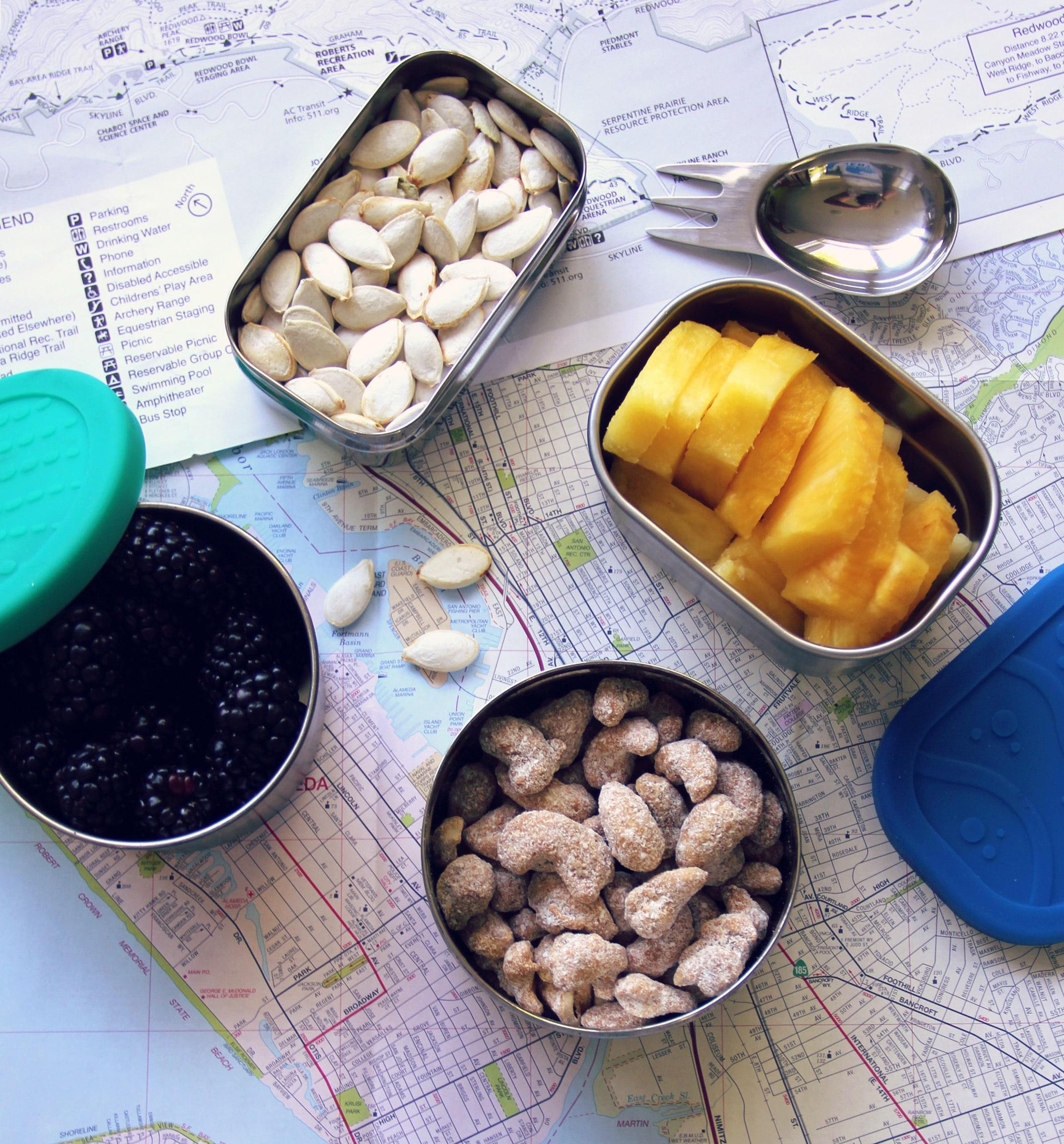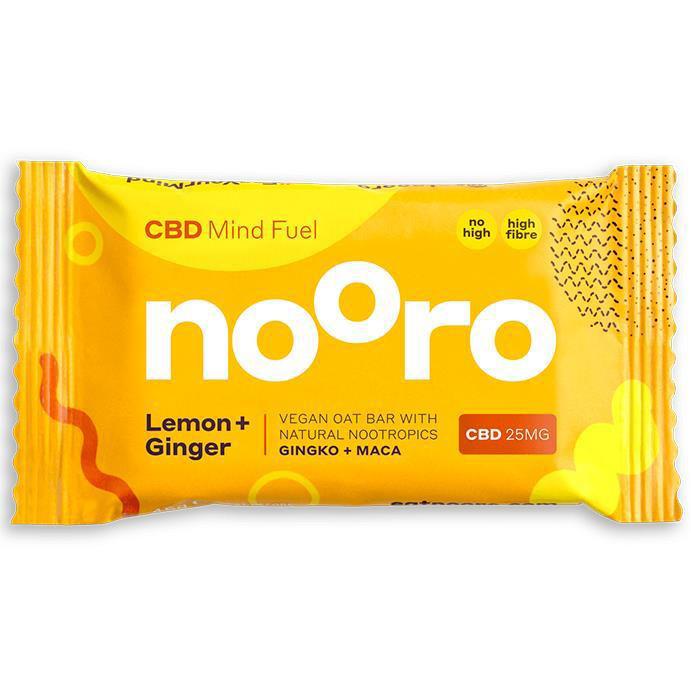
19 minute read
Sugar reduction and natural sweeteners
For most consumers, sugar reduction is about balancing health with indulgence. Consumers are looking for health and pleasure in equal measure, though, are consistent in their view that removing sugar from their diet is a good thing.
Emma Schofield, Senior Analyst, Global Food Science at Mintel said:
“Sugar is in the moment. Consumers are often more concerned about sugar than fat, and this is the most important factor when looking for healthy foods in many countries.” 14
Where healthy foods are concerned, sugar remains consumers 'nutrient' of top concern Select Eurpean countries: most important factors when looking for healthy foods, % of consumers who agree, Q4 2018
Source: Mintel – What's next for sugar reduction in Europe?.pptx 14
As a result, major brands are understanding the importance of bringing reduced sugar or sugar-free products to the market, across several categories. Schofield noted:
“There is a lot going on. Strategies can include slowly reducing sugar or offering low sugar products next to regular products. Claims linked to sugar reduction have been growing in European food and drink launches.” 14
Brands can also consider launching products that are inherently less sweet, as well as experimenting with portion sizes.
Major brands are focusing on 'sugar' in NPD
Free from added sugar - just 2 ingredients
Arla Øko Kun Peach & Apricot Yogurt Milk and fruit and nothing else. It contains 25% fruit and is free from added sugar. Denmark
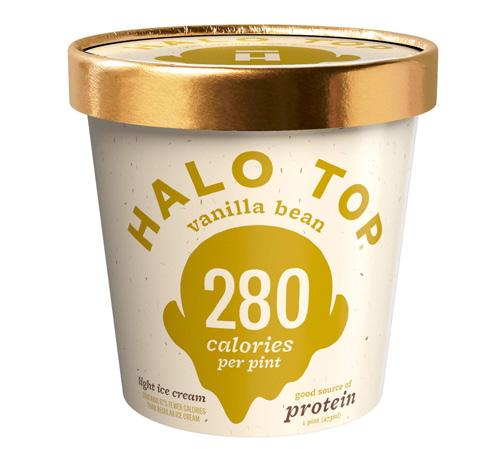
5.8g sugar per serving, contains erythritol
Halo Top Vanilla Bean Ice Cream High in protein, 5.8g sugar per serving and 280 calories per tub. Free from artificial sweeteners. Austria
Source: Mintel – What's next for sugar reduction in Europe?.pptx 14
30% less sugar 'hollow sugar technology'
Nestlé Milkybar Wowsomes White Chocolate Bars Made with milk as the number one ingredient, is free from artificial sweeteners. UK
Sugar reduction is no longer for niche diet products in the indulgence category, but it has gone mainstream with big brands increasingly tapping into the sugar reduction trend.
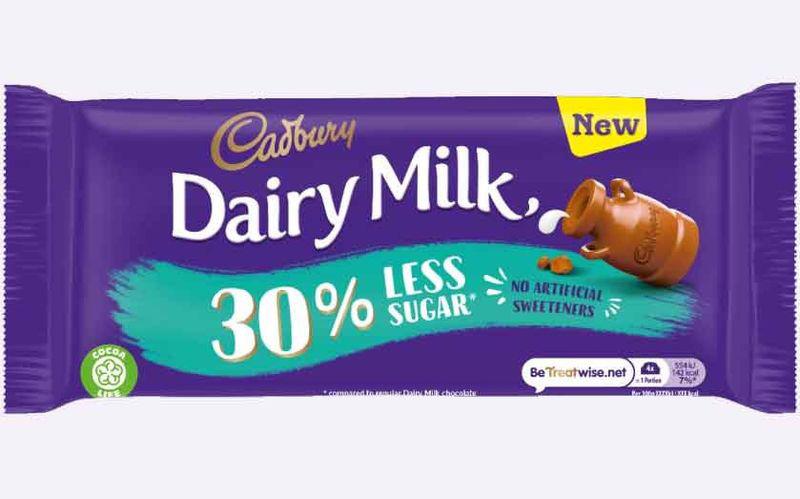
In treat and indulgence categories, sugar reduction is no longer limited to diet or smaller, niche brands
Contains chicory fibre
Mr Kipling Angel Slices with 30% Less Sugar Includes a higher percentage of wheat flour and vegetable oils than the original variant, and also includes chicory fibre. UK
Contains soluble maize fibre
Cadbury Dairy Milk Reduced Sugar Milk Chocolate Contains soluble maize fibre, features a 'no artificial sweeteners' claim. UK
Source: Mintel – What's next for sugar reduction in Europe?.pptx 14
Contains dextrin maize fibre
Rowntrees Fruit Pastilles with 30% less sugar Free from artificial sweeteners, colours, preservatives and flavours. UK
While the battle for sugar reduction continues, producers are looking for ingredients that will not only substitute sugar but will add nutritional value to products at the same time. Persistent consumer concerns remain, however, that products with low / reduced sugar contain more artificial ingredients. Where health and naturalness are the priority, consumers may not accept sugar reduction solutions that do not meet their expectations for clean label. Schofield said that:
“There needs to be more information about what replaces sugar. It is important to build familiarity with
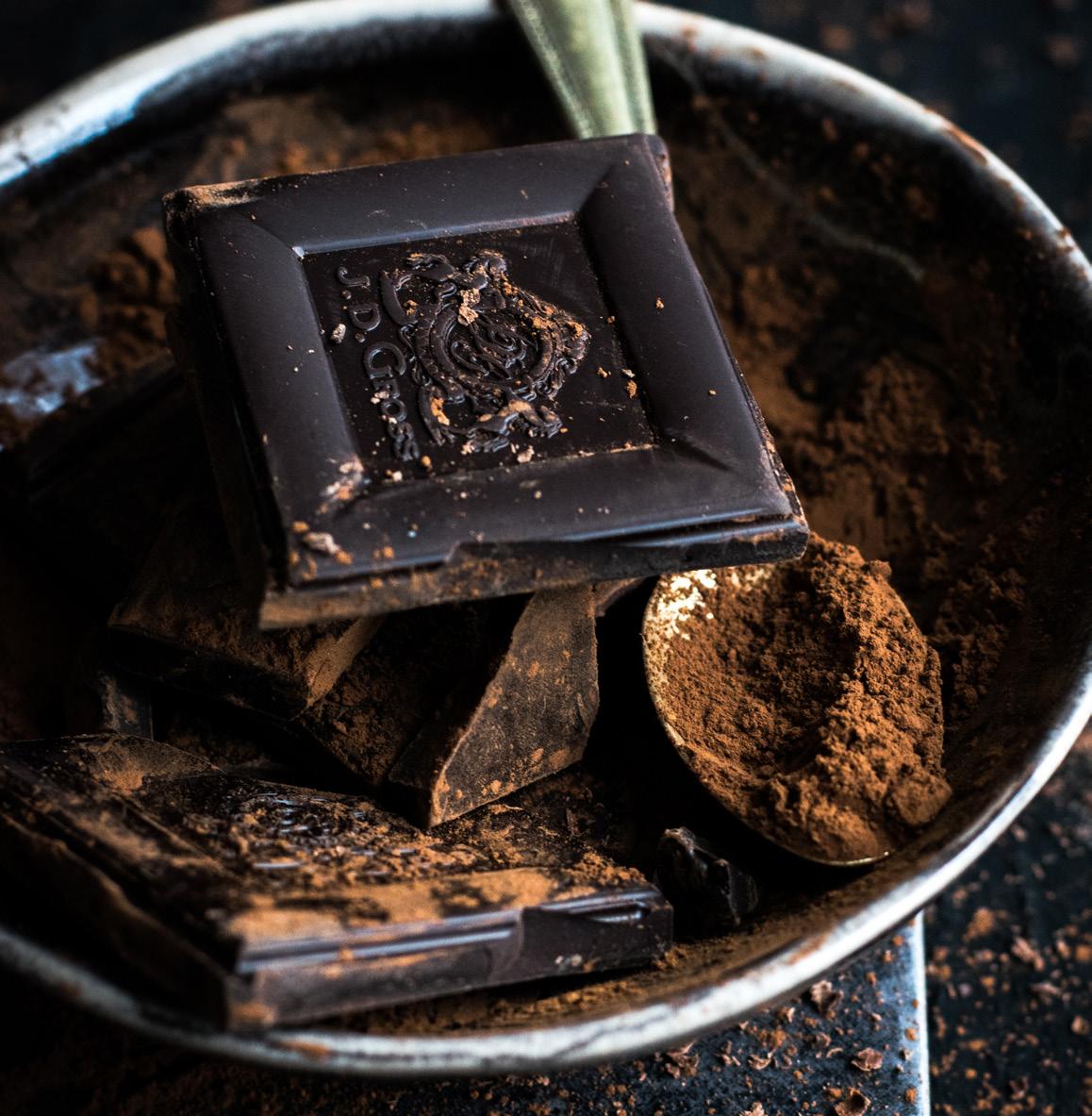
ingredients.” 14
Sweeteners that have a plant-based image or are tied to a health benefit, are generally more acceptable to consumers. A good example of this is chocolate from Nestlé, which is made from cocoa fruit rather than refined sugar. Intense prebiotic sweeteners are also helping to replace sugar while delivering nutritional benefits. De Monclin added that:
“The idea is that you can have sweetness with added benefits.” 4
Nick’s is challenging the sugar industry (SE)
Nick’s products are free from refined sugar, wheat and gluten. Healthy sugarfree snacks for a pleasure without the blood sugar impact.
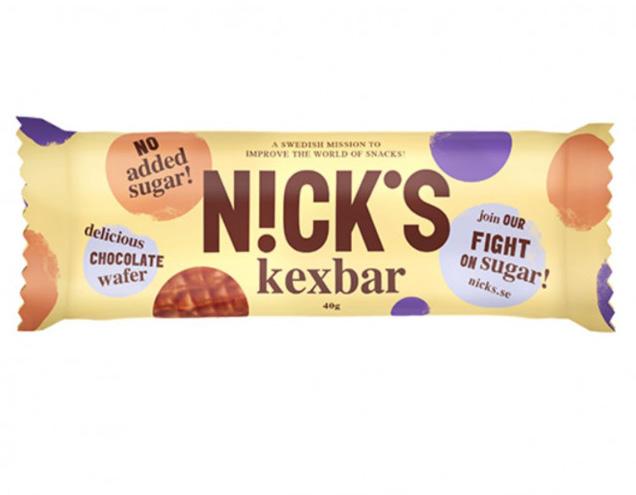
SweetBiotix from Optibiotix (UK)
Made from natural prebiotic fibres, SweetBiotix® are calorie free with a clean flavour profile. Products under development include both intense prebiotic sweeteners and bulk sugar substitutes.
Source: Fi Europe 2019, Snacks & Confectionary Master Class 4
Demand-driven sustainability
Manufacturers can no longer ignore the fact that consumers expect brands to take measures to source their ingredients ethically and to reduce their environmental footprint. What’s more, sustainable nutrition is increasingly seen as a linked chain, from ingredient, through to processing and packaging. Companies not only need to take action, but also need to clearly communicate how their product fits with consumer expectations and values.
Oliver Nieburg from Lumina Intelligence discussed sustainable chocolate for Millennials at Food ingredients Europe 2019. He examined various sustainability and third-party certification claims and made note of the different organic certification ranges on offer. France has the highest penetration of products making sustainability claims in chocolate, coffee and tea. 15
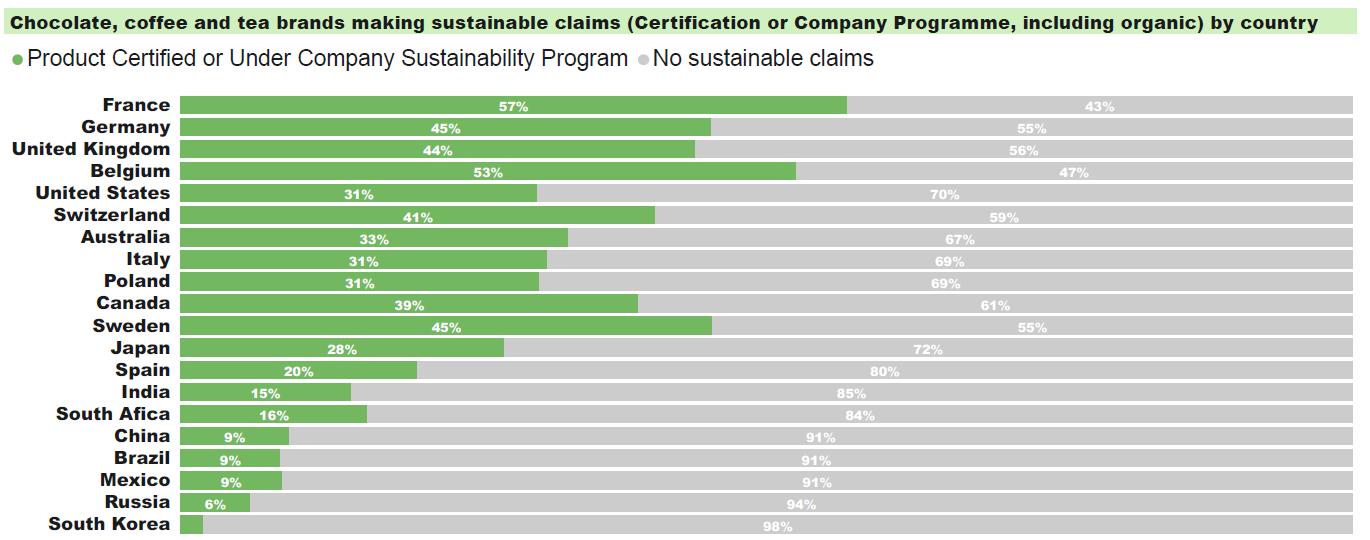
France and Belgium lead in sustainability claims while US lags Prevelances of certification and company programme claims (including organics) across chocolate, coffee and tea by country Prevalence of certification and company programme claims (including organics) across chocolate, coffee and tea by country

Source: Lumina Intelligence – Sustainable chocolate for millennials: value at origin with cocoa provenance claims.pptx 15
Information Classification: General Source: Lumina Product Data Q3 2018 Nieburg noted that engaging with consumers on sustainability remains a challenge. Many firms try to advertise what the company has already done, rather than inviting the consumer on a journey to form part of their cause. He said:
“Brands that promote a mission are engaging with consumers. Disruption is coming from mission-led brands.” 15
Source: Lumina Intelligence – Sustainable chocolate for millennials: value at origin with cocoa provenance claims.pptx 15
In addition to ingredients being sustainably sourced, consumers want to know how products are made which ties into the overarching trend of clarity and transparency. During the Future of Nutrition Summit 2019, Dr. Heather Daniell, Founder and CEO of Satisfied Snacks, explained how their company was founded on a sustainability ethos, with great consideration being given to the environment, materials used and waste reduction. 16
The company uses energy from woodchip biomass to dry their ‘Salad as a Crisp’ snacks, and the process is supplied by 100% renewable energy. Their packaging is infinitely recyclable, and in 2019, Satisfied Snacks have won the Innovative Snacks Competition hosted by Sigma Europe, as well as a Quality Food award in the UK.
Source: Satisfied Snacks – Sustainability from farm to fork: the business case for
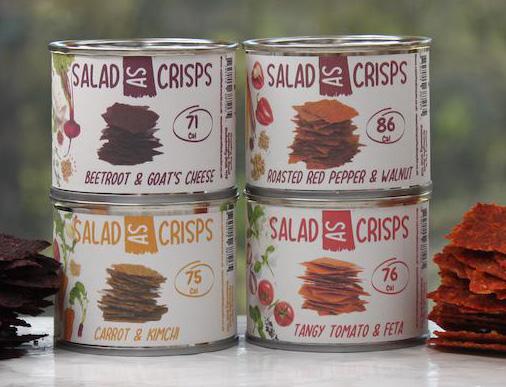
the sustainable manufacturing of innovative products.pptx 16
Plant-based potential
It has never been a question of whether people wanted to include more plant-based ingredients in their diets, but rather, how convenient it is for them to do so. Julian Mellentin, Director of New Nutrition Business, stated at Food ingredients Europe 2019 that:
“People want extreme convenience more than anything else.” 17
Many manufacturers have therefore spotted this gap in the market and are finding ways to introduce vegetables to consumers in more convenient forms.
Legume-based crisps
Source: New Nutrition Business, Plant-based: how to connect to the blossoming opportunities.pptx 17
Sweden’s biggest chip brands OLW and Estrella both promote their legume-based crisps on a protein platform. Both companies debuted lentil-based crisps in 2018 and have since added to their ranges, crisps based on chickpeas, beans and peas.
Oh Snap!® pickled carrot sticks
Source: New Nutrition Business, Plant-based: how to connect to the blossoming opportunities.pptx 17
Oh Snap!® Carrot Cuties are pickled carrot sticks, provided in a convenient, extra delicious resealable pack, making it an easy on-the-go healthy snack.
During her presentation at Fi North America 2019, Suzy Badaracco, President of Culinary Tides, Inc., noted how reports of conventional snacking (i.e. more traditional sweet or salty snacks) have declined by 2% over the past 3 years, while ‘health and wellness’ snacking has been reported to have increased by 6% annually. 18 Furthermore, the number of people claiming to be flexitarian have gone up significantly which also indicates that people are not moving away from protein, but are rather seeking it from alternative sources, and more specifically, from plants. 18 New innovations in the industry have made tasty plant-based snacks a reality.
Source: Mintel GNPD 19
This carrot, beetroot and broccoli organic veggie snack contains 60% less fat than regular potato chips.
In the past, all plant-based alternatives used to be considered as healthy and nutritious alternatives to animal products; however, de Monclin noted that there has been a major shift that has resulted in an emerging ‘Plant-based 2.0’. 4 As consumers are becoming more demanding, the need for plant-based labels to be clean, is rapidly increasing. De Monclin stated:
“Ingredient lists should be completely transparent; making them even more clean.” 4
RXBAR® Peanut Butter Chocolate
Source: Mintel GNPD 20
The bars are made with three egg whites for protein, fourteen peanuts for texture and two dates to bind. The kosher certified product is free from gluten and fillers and provides 12g of protein per bar.
The rise in flexitarian claims globally have created even more opportunities for ingredient and branded product firms to blend plants with existing products, such as bread, dairy and even meat-based products, in order to increase plant content, which is what consumers are looking for. Mellentin says:
“I don’t think any food product category should be ruled out. And if it is possible for consumers to experience a tangible benefit, then this is a big plus.” 17
Union™ Whole Earth Snacks Trail Mix Squares
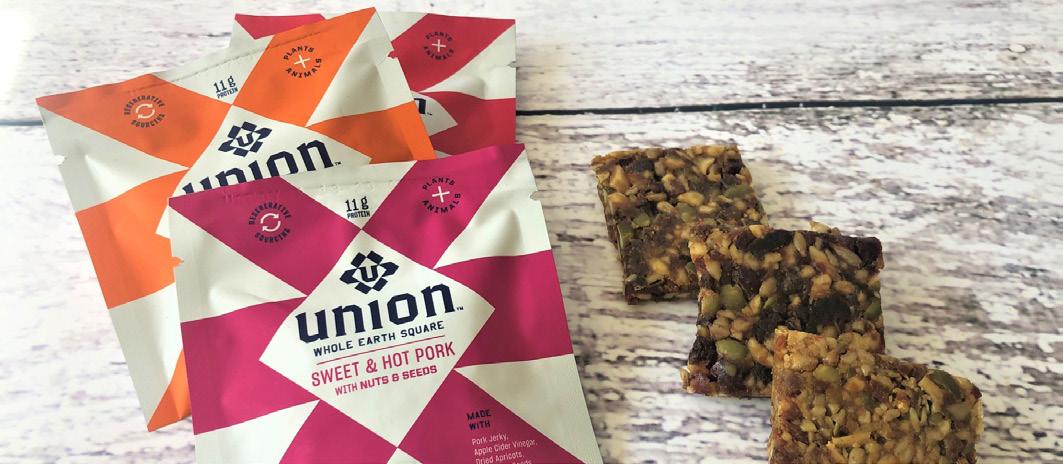
Source: Union Snacks 21
The Union™ Whole Earth Snacks have created a variety of trail mix squares, allowing consumers to experience the best of both, veggie deliciousness and protein power. With three flavours to choose from, Sweet and Hot Pork, Duck L’Orange or Beef Cranberry, the crunchy seed and nut squares boasts around 200 calories, 11g of protein and 19g of carbs per serving.
Don’t forget indulgence
While various studies show how eating patterns have changed and suggest that people across the globe are moving towards a snacking culture, it is important to keep in mind the motivations behind these snacking habits. The simple answer is that people are hungry and have a craving for something that will satisfy their taste buds. Lynn Dornblaser, Innovation and Insight Director at Mintel, at Food ingredients North America 2019 said that:
“People are hungry for something that will be fulfilling and have a craving for something indulgent.” 1
Manufacturers must therefore also consider the fact that consumers not only want their snacks to be healthy, but also indulgent. Dornblaser said that:
“Some companies can achieve this through simply offering smaller portions, which we see in restaurant menus and most definitely in snacks, that allow consumers to try something a bit fun and special without ‘spending’ too many calories. Understanding should be simple, and it must look tasty and fun.” 1
One interesting idea is the concept of the ‘adult recess’, a mid-day break from the daily routine for a moment of indulgence. This is the perfect opportunity for manufacturers to treat consumers with something that is good for them, and that can also give them a boost to get them through the rest of the day.
Another twist on this concept is nostalgia – childhood snacks that either offer an adult-targeted flavour such as pulled pork, or a health boost such as a high protein snickers bar.

Strawberry Flavoured Simply Yogurt Bars
Source: Mintel GNPD 22
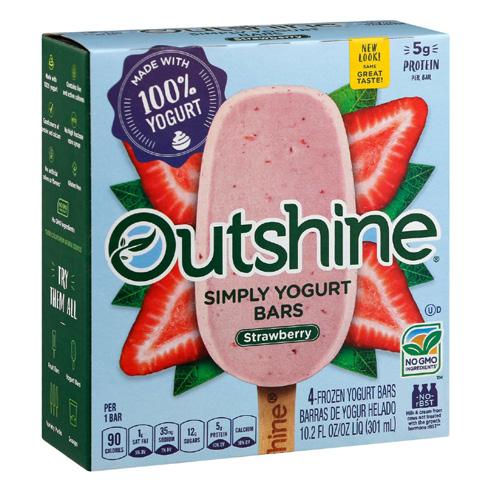
Outshine Strawberry Flavoured Simply Yogurt Bars have been relaunched with a new brand, previously known as Nestlé Outshine. The product contains a good source of protein and calcium, is said to be made with 100% yogurt, and real fruit juice.
Getting the messaging right
To meet the demand for healthy, ethical and indulgent snacks that make consumers feel good about themselves, manufacturers need to explain why their snacks fit with their lifestyle and values. Lu Ann Williams from Innova Market Insights at Food ingredients Europe 2019 said:
“Having an attractive and resonant story behind your food and beverage product will be a decisive factor in achieving success in 2020. This key trend is one that manufacturers must get on board with if they are to stand out from the crowd. Storytelling is about winning with words and will be absolutely crucial to success.” 7
Manufacturers should create resonance with consumers over the origins of the company or the product itself, how the product is produced or what benefits the product offers. And the number one thing that consumers want to know about, is the ingredients. Source: Innova Market Insights, Top 10 trends for 2020.pptx 7
56% of global consumers say that stories arround
a brand influence their purchase decision
Williams said:
“This is also an opportunity for manufacturers to explain to consumers how or why things are done. Consumers are smart; what they want is transparency and authenticity.” 7
Williams noted that smaller companies have been the ones driving this trend:
“A few years ago, we told the industry to look out for the small guy and sure enough, the disruptors have come from the outside. So, if you are not telling stories, you really should start to tell stories about your products.” 7
Source: Innova Market Insights – Top 10 trends for 2020.pptx 7
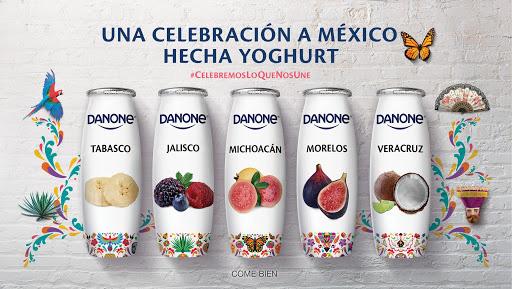
Snacking is more than just an eating habit; it is part of consumers’ daily rituals and even their cultural identity. Manufacturers should take these factors into account when positioning their brands.
Personalised nutrition in snacking
The vast amount of information available to consumers means that they have a greater understanding of the types of foods that will best fit their needs and lifestyles. As a result, personalised nutrition is another trend that is gaining a lot of traction within the industry which manufacturers need to be aware of. Mintel’s Rick Miller said that:
“The increasing use of wearable technology and greater availability of personal health marker testing, such as microbiome testing, will lead to further personalisation in food and drink. Despite the plethora of information available, consumers simply want to cut through the swathes of data and understand what their nutrition needs are.” 23
One example of a company making use of the technologies available today to create a truly personalised nutritional snack, is a startup called Nourished. This UK-based startup claims to have developed a daily nutrition gummy stack, made by a 3D printer. 24 Combining technology and data, ingredient recommendations are made by an algorithm, which takes into consideration an individual’s lifestyle, goals and health.
Giving consumers the ability to customise snacks to their own specifications is also an interesting possibility, and social media is one channel that enables manufacturers to build new consumer relationship models. It allows for a more intimate connection to be created with their consumer base that naturally tends to create a bigger ‘buzz’. This can involve online games, challenges and competitions based around the brand that gives consumers the opportunity to have their voices heard and, for example, choose what product variations or flavours they’d like to see.
Wasabi and Green Apple Flavoured Potato Crisps
Source: Mintel GNPD 25
This Wasabi and Green Apple Flavoured Potato Crisp product is the third edition of the Crea il Tuo Gusto (Create Your Own Flavour) consumer competition to create personalised flavours .
Covid-19 updates on snacking – comments from the experts
The COVID-19 pandemic has caused a number of disruptions to the supply chain, market trends and future of snacking. We’ve caught up with some of our experts to hear their thoughts on how consumer attitudes have been impacted and to hear their predictions for how the pandemic will disrupt the snacking market scene for the foreseeable future.
Marcia Mogelonsky - Director of Insight, Mintel Food & Drink
How do you see COVID-19 having affected the snacking market? Has this changed consumer attitudes and in which ways?
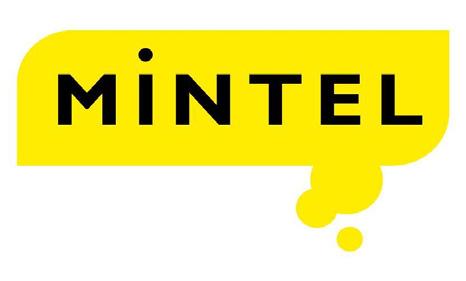
Comfort categories will become more comforting
Consumers have always relied on snacks and confectionery to provide comfort. During the pandemic, comfort food took on a new meaning as everything changed. As normal life returns to the ‘next normal,’ snacks will continue to support a range of emotions.
Snacking will take an at-home focus
As people return to work, they will spend the majority of their working hours working from home. This puts ‘work snacks’ and ‘at home snacks’ into the same universe. The choice of portable snacks will be impacted by hygiene and safety concerns, with extra protective packaging no longer being a drawback.
Social occasions have changed
With social distancing, shared snack occasions are reduced, and the convenience of a shared snack bowl or bag is no longer possible. Convenient social snacking has become a bring-your-own event. And, hygiene is the top attribute (besides taste) that will affect choice.
Snacks ‘with benefits’ will become more important
COVID-19 co-morbidity factors (hypertension, obesity, diabetes) reinforce the need for better health. This opens the field for more functional snacks and pushes the popularity of snacks with an added immunity boost. A holistic view of wellness leads consumers to seek products that can improve mood and boost brain health. In particular, high rates of stress and anxiety find consumers open to emerging functional ingredients.
As a result of COVID-19, what do you predict is the capacity for this category to grow? Where and what are the opportunities for new product development as a result?
Since snacking is such an important aspect of consumers’ lives, it is a category that will continue to grow. There will be some bumps along the way: trading down to economy brands and cutting back on snacking altogether, are both potential dangers as the economy softens. However, snacking fulfils a range of essential needs, both emotional and physical, and the trajectory of the market remains positive over the next 18-24 months.
How do you see COVID-19 having affected the snacking market? Has this changed consumer attitudes and in which ways?
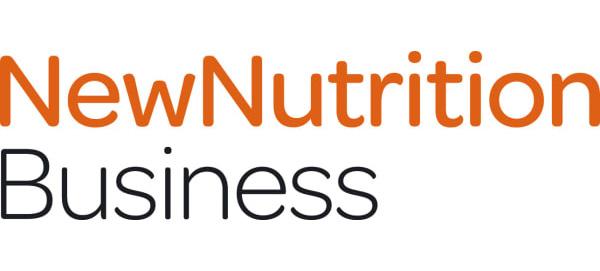
The pandemic has seen people turn to habits and foods that are familiar and re-assuring, boosting demand for bakery ingredients, for dairy, for meat, for snack products from trusted brands.
Connecting to the need for the familiar, for honest indulgence, for ingredients with provenance, for types of products with some heritage - these are all ways to grow your business.
As a result of COVID-19, what do you predict is the capacity for this category to grow? Where and what are the opportunities for new product development as a result?
We may see an acceleration of existing trends in products and ingredients, such as more vegetables and fruits included in snacks, but beyond that, COVID will have little or no impact.
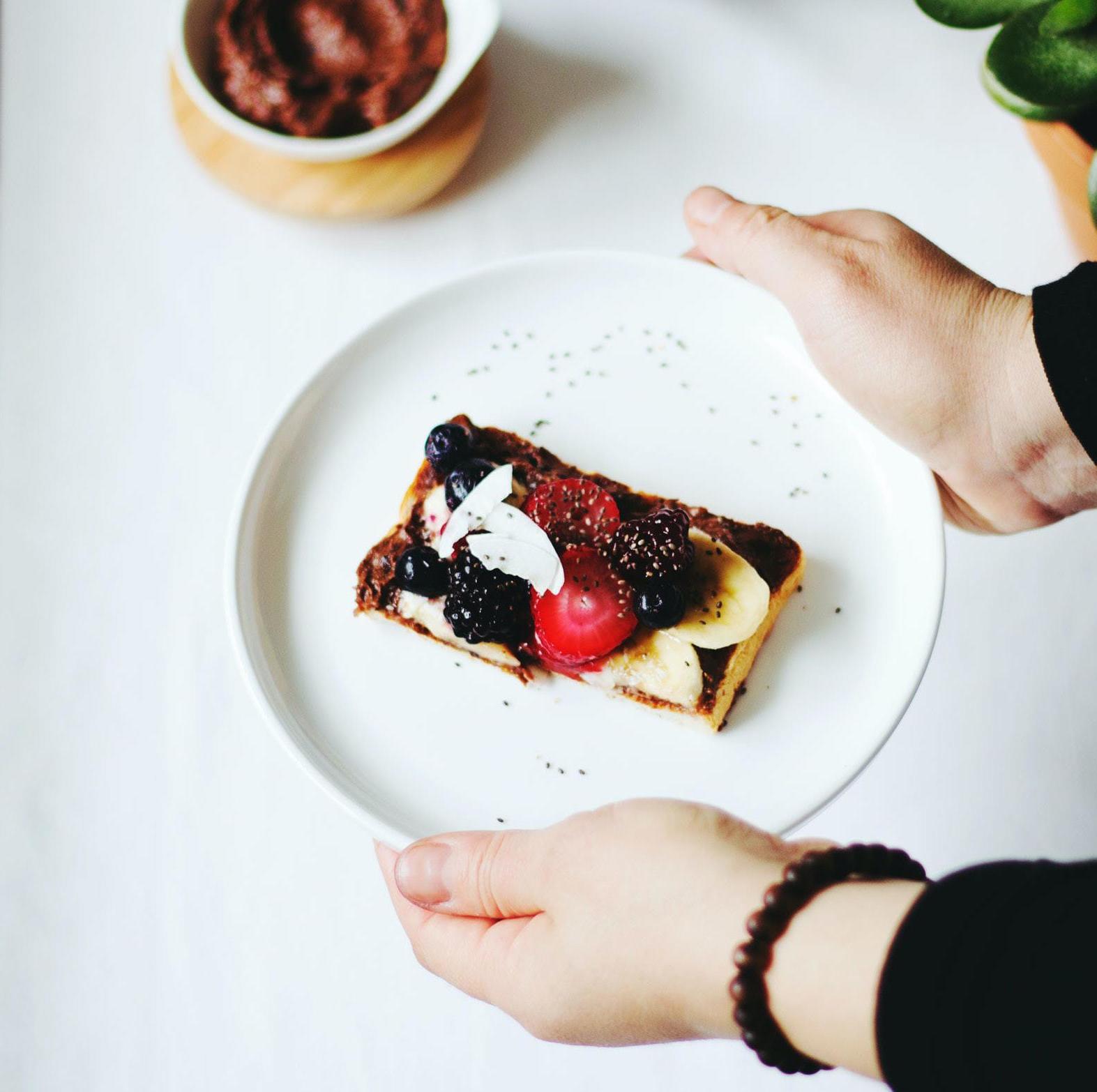
If you think immunity snacks will grow, that's a very high-risk strategy. The evidence is that in thinking about immunity people turn to ingredients that they trust and understand - vitamin C, citrus fruits, kiwifruit. There is space for probiotics but go beyond these areas and you are embracing a niche sales strategy.
Key takeaways
• Many consumers prefer to snack throughout the day
• They want healthy snacks that make them feel good about themselves
• Stressful modern living has increased demand for on-the-go nutritious foods as well as indulgent treats that provide relaxation and enjoyment
• Consumers expect brands to behave ethically, and to communicate this commitment clearly
• Sugar reduction must be linked with naturalness and meet consumer expectations for clean label
• Consumers want to include more plants in their diet, but in convenient forms
• Manufacturers need to explain why their products fit with consumers’ lifestyles and values
• Despite the COVID-19 outbreak, the future of the snacking market seems largely stable for the next couple of years
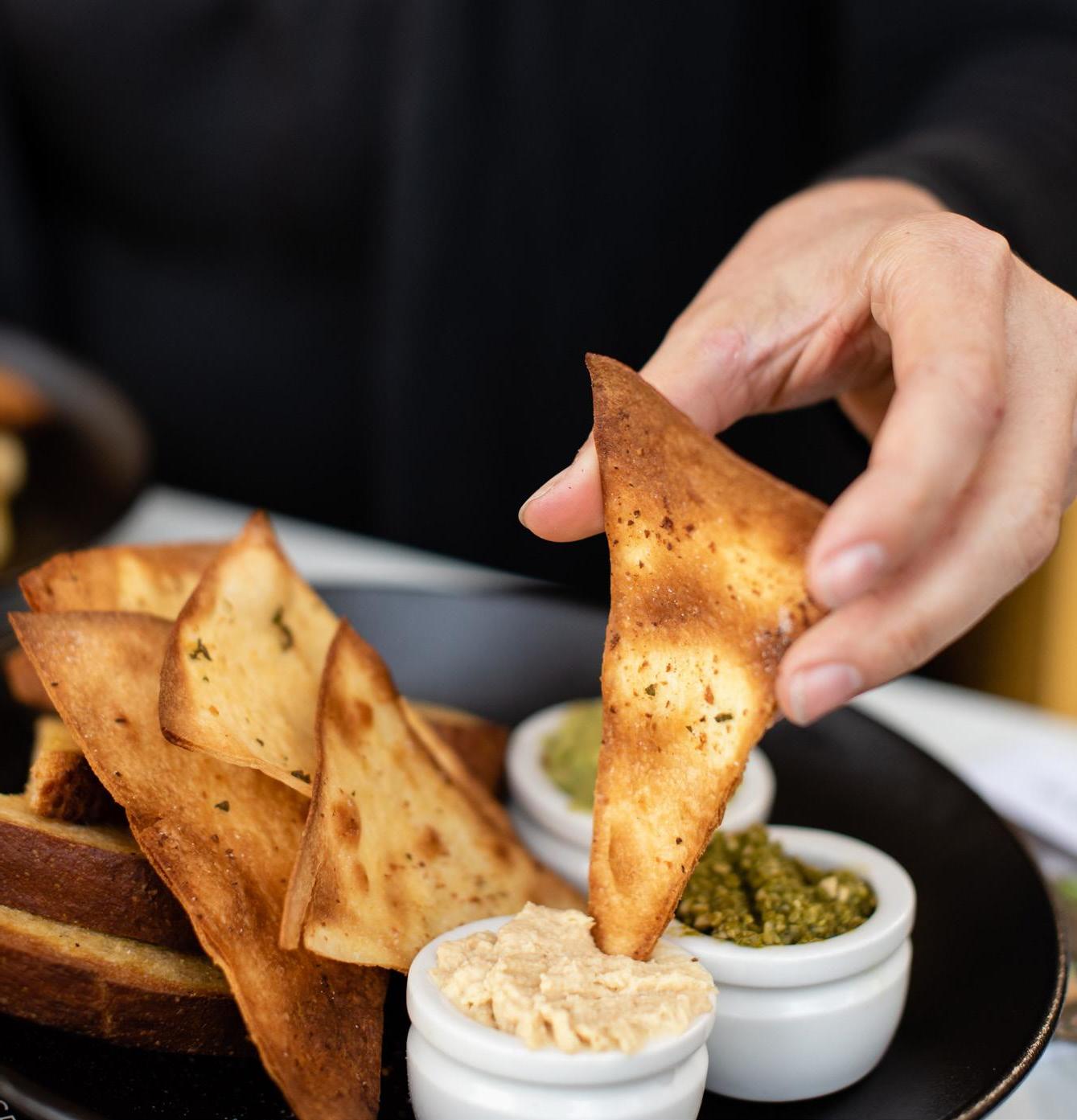
Sources
1 Fi North America 2019, Food ingredients Theatre, presentation by Lynn Dornblaser, Mintel – The push-pull between health and indulgence.pptx 2 Fi Europe 2019, Snacks & Confectionary Master Class, presentation by Sara Aguilar, Hand Media International – Sugar and fat: rethinking the principal ingredients for the baking and confectionary industry.pptx 3 Fi North America 2019, Food ingredients Theatre, presentation by Lynn Dornblaser, Mintel – What's happening in protein - A look at product development and trends.pptx 4 Fi Europe 2019, Snacks & Confectionary Master Class, presentation by Aurore de Monclin, Healthy Marketing Team – Innovations in snacking.pptx 5 Mintel GNPD <https://www.gnpd.com/sinatra/recordpage/6268903/from_search/foQMYMd2G5/?page=1> 6 Mintel GNPD <https://www.gnpd.com/sinatra/recordpage/7180465/?utm_source=fed_search> 7 Fi Europe 2019, Industry Insights Theatre, presentation by Lu Ann Williams, Innova Market Insights – Top 10 trends for 2020.pptx 8 Suliman N.A., Mat T.C.N., Mohd M.M.A., Adenan M.I., Hidayat B.M.T., Basir R. Establishing natural nootropics: Recent molecular enhancement influenced by natural nootropic. Evid. Based Complement. Alternat. Med. 2016; 2016:4391375. doi: 10.1155/2016/4391375. https://www.ncbi.nlm.nih.gov/pmc/articles/PMC5021479/ 9 Mintel GNPD <https://www.gnpd.com/sinatra/recordpage/6664931/?utm_source=fed_search> 10 TruBrain <https://www.trubrain.com/products/bars> 11 Mintel GNPD https://www.gnpd.com/sinatra/recordpage/3197385/ 12 BeRAW, Purella Food https://beraw.pl/en/cookies/ 13 Mintel GNPD <https://www.gnpd.com/sinatra/recordpage/6928699/from_search/K4oAi2j8CP/?page=1> 14 Fi Europe 2019, Fi Conference, presentation by Emma Schofield, Mintel – What's next for sugar reduction in Europe?.pptx 15 Fi Europe 2019, Snacks & Confectionary Master Class, presentation by Oliver Nieburg, Lumina Intelligence – Sustainable chocolate for millennials: value at origin with cocoa provenance claims.pptx 16 Future of Nutrition Summit 2019, presentation by Heather Daniell, Satisfied Snacks – Sustainability from farm to fork: the business case for the sustainable manufacturing of innovative products.pptx 17 Fi Europe 2019, Fi Conference, presentation by Julian Mellentin, New Nutrition Business – Plant-based: how to connect to the blossoming opportunities.pptx 18 Fi North America 2019 Conference, presentation by Suzy Badaracco, Culinary Tides, Inc. - Follow Plant Proteins as They Jump
Categories, Flirt with Consumers & Promote Health Benefits.pptx 19 Mintel GNPD <https://www.gnpd.com/sinatra/recordpage/7179279/from_search/RyIVFNXdQE/?page=1> 20 Mintel GNPD https://www.gnpd.com/sinatra/recordpage/7363591/?utm_source=fed_search 21 Union Snacks <https://unionsnacks.com/#products-bites> 22 Mintel GNPD <https://www.gnpd.com/sinatra/recordpage/5784183/from_search/JcVW6fnd2u/?page=1> 23 Fi Europe 2019, Fi Conference, presentation by Rick Miller, Mintel – Cutting Edge Sports Nutrition.pptx 24 Southey, F (2019), Start-up launches made-to-order 3D gummies: 'If anything should be personalised, it should be our health’,
Food Navigator.com, viewed 23/03/2020, <https://www.foodnavigator.com/Article/2019/10/17/Nourished-launches-3Dprinted-personalised-nutrition-gummies> 25 Mintel GNPD <https://www.gnpd.com/sinatra/recordpage/5824881/from_search/PFlRGC5Pr3/?page=1>

